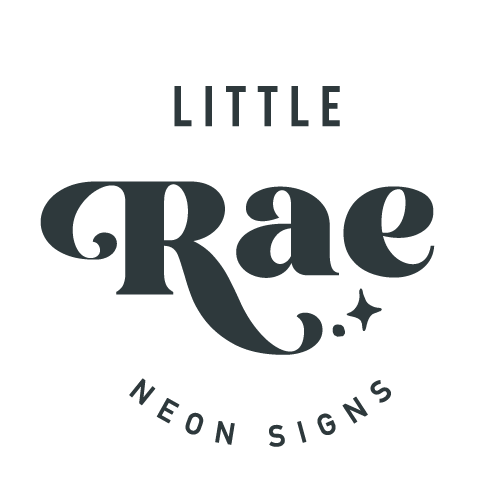Light-up signs, also known as neon lights, have been around for decades and continue to be popular today. These signs' bright and colourful glow is eye-catching and often used for advertising or decor purposes. But have you ever wondered how these lights work? Let's take a closer look at the science behind light-up signs.
Basic Components of Light-Up Signs
To understand how light-up signs work, it's important to know the basic components that make up these lights. The main elements of a light-up sign include:
- Light sources: There are different types of light sources used in light-up signs, including LEDs (light-emitting diodes), neon tubes filled with noble gases, and incandescent bulbs.
- Power supply: To power the lights, transformers, batteries, or direct electrical connections may be used.
- Control systems: These can include switches, dimmers, remote controls, and programmable controllers to adjust the brightness and on/off functions of the lights.
- Housing and materials: Light-up signs are usually made of acrylic, glass, metal, or other durable materials that can withstand the elements and protect the inner components.
How Different Types of Light-Up Signs Work
Now that you know the basic components of light-up signs, let's examine each type of sign in more detail.
Neon Signs
Neon signs were invested in the 90s and quickly became popular for their bright glow. They are made up of sealed glass tubes filled with noble gases such as neon, argon, or helium. When an electrical current is applied to the gas, it undergoes ionisation and produces light.
While neon signs are known for their vibrant colours and eye-catching appeal, they can be fragile and require regular maintenance. They also consume more energy compared to other types of light-up signs.
LED Signs
LEDs, or light-emitting diodes, have become increasingly popular due to their energy efficiency and versatility. LEDs produce light through electroluminescence, where electrons flow through a semiconductor material and create photons (light particles).
One of the main advantages of LED signs is their ability to produce multiple colours with one single bulb, making them perfect for creating visually appealing and customisable signs.
Incandescent Bulb Signs
Incandescent bulbs were the first type of light-up signs that became popular in the early 1900s. These bulbs heat a filament wire to produce light through heat radiation.
While other types of lighting have largely replaced them due to their low energy efficiency, incandescent bulb signs still hold historical significance and are used in some applications today.
Powering Light-Up Signs
Light-up signs can be powered using various sources such as electrical outlets, batteries, or solar power. Different power sources may be used depending on the type of sign and its voltage requirements. It's important to always follow safety guidelines and consult a professional when installing or powering light-up signs.
Energy efficiency is also a consideration when choosing a power source, as it can impact the cost of operating the sign in the long run.
Customising Light-Up Signs
One of the biggest advantages of light-up signs is their ability to be customised to meet individual needs and preferences. Design options include a variety of shapes, colours, sizes, and fonts. Additionally, signs can be personalised with custom messages, logos, and graphics.
With modern innovations like smart controls and colour-changing options, light-up signs can be interactive and adapt to different settings or events.
Installation and Maintenance
Installing a light-up sign may seem daunting, but it can be done easily with the right guidance. Different signs may require specific installation steps, so following instructions is important.
Regular maintenance is also key to ensuring the longevity of your light-up sign. This includes cleaning the exterior and checking for any issues with the internal components. Troubleshooting common problems, such as flickering lights or dimness, can also help prolong the life of your sign.
Benefits of Using Light-Up Signs
- Attract attention and stand out from competitors
- Enhance the ambience and aesthetics of any space
- Cost-effective long-term investment due to durability and longevity
- Versatile design options for customisation and personalisation
- Energy-efficient options available with advancements in technology
So, Where Can You Buy Light Up Signs?
Light-up signs can be purchased from various retailers, both in-store and online, at Little Rae. To ensure quality and durability, consult with a professional sign-making company for customised signs. Before purchasing, it's important to consider factors such as budget, type of sign, and desired design.

